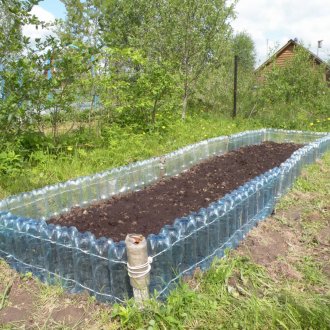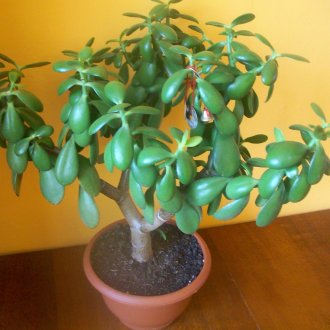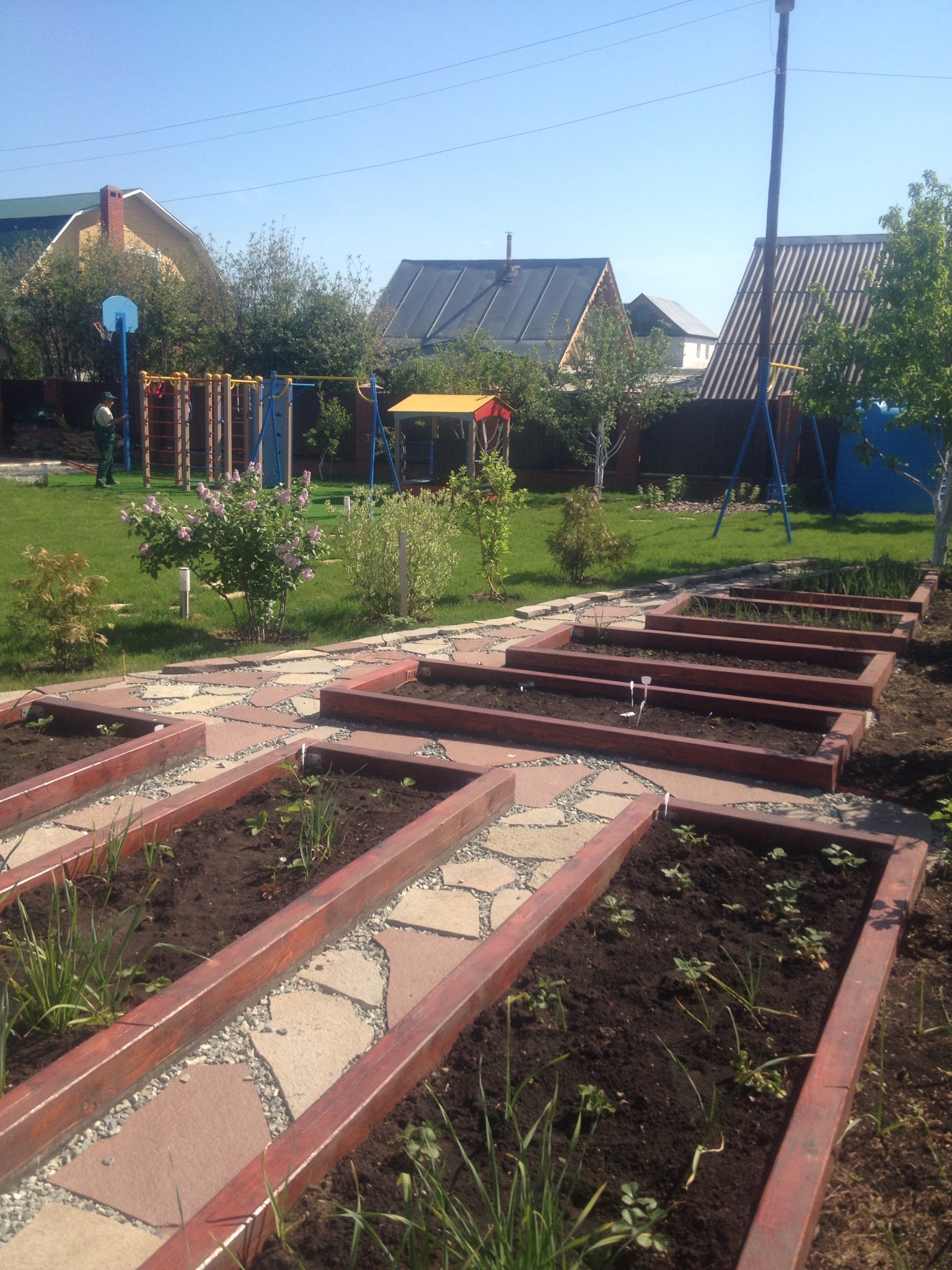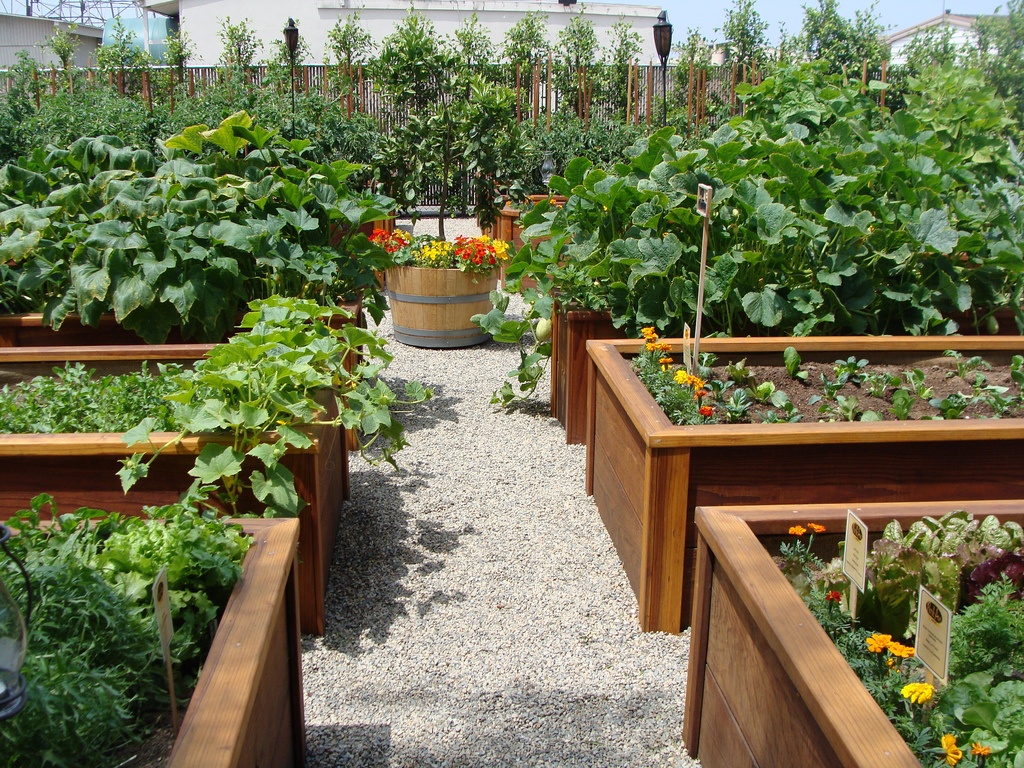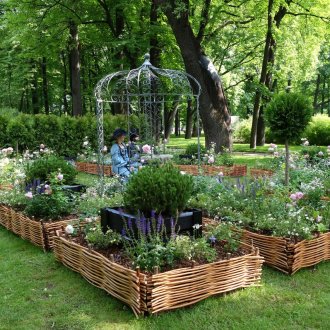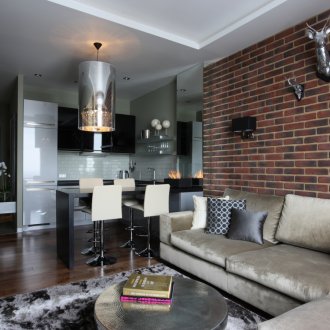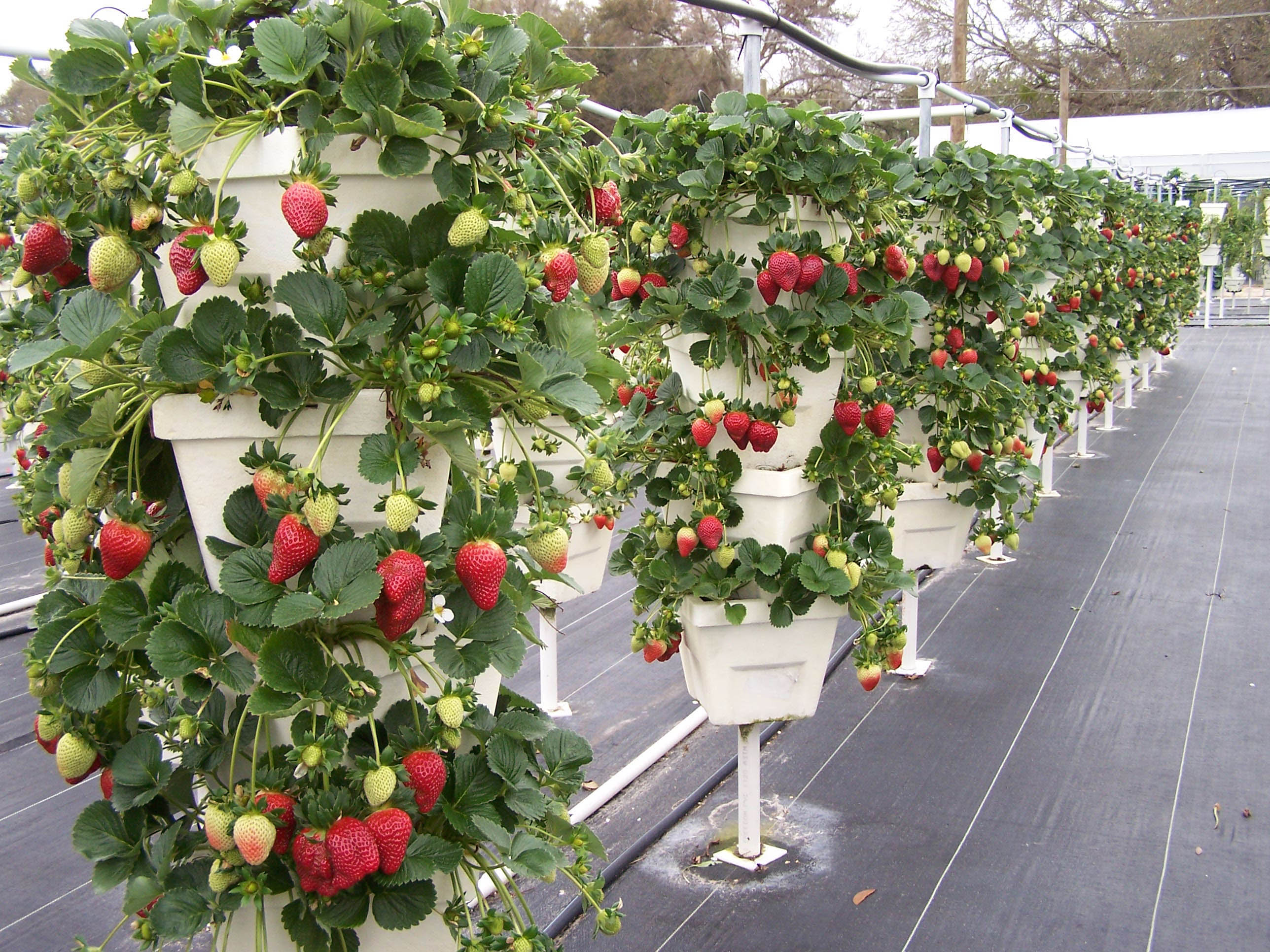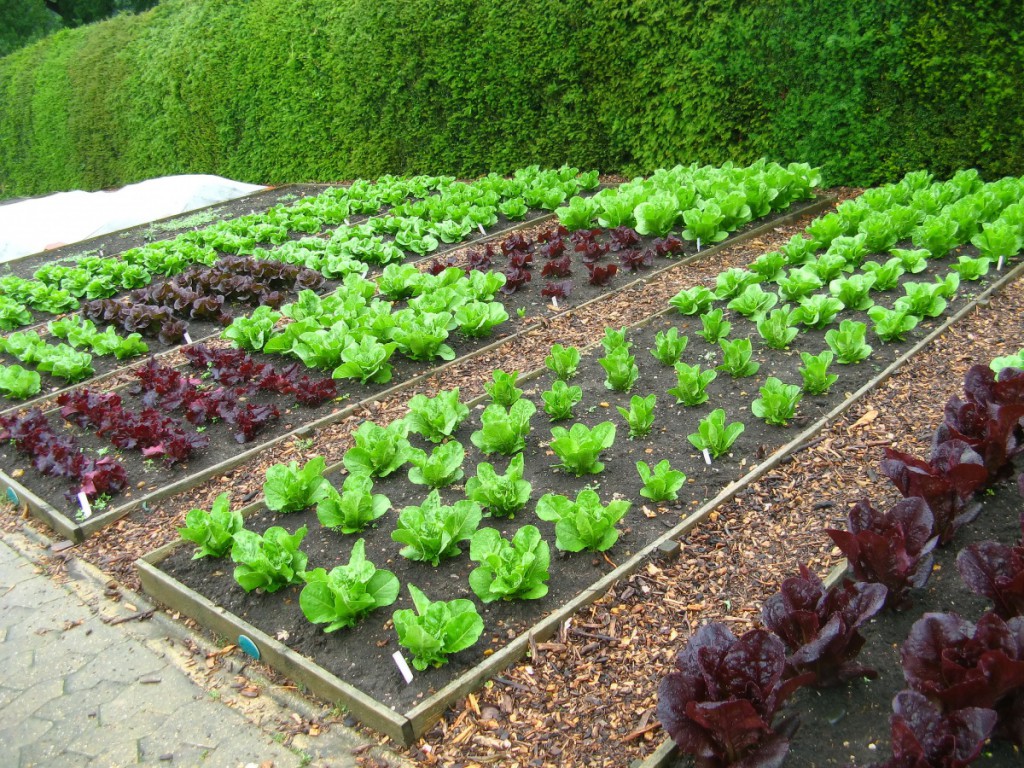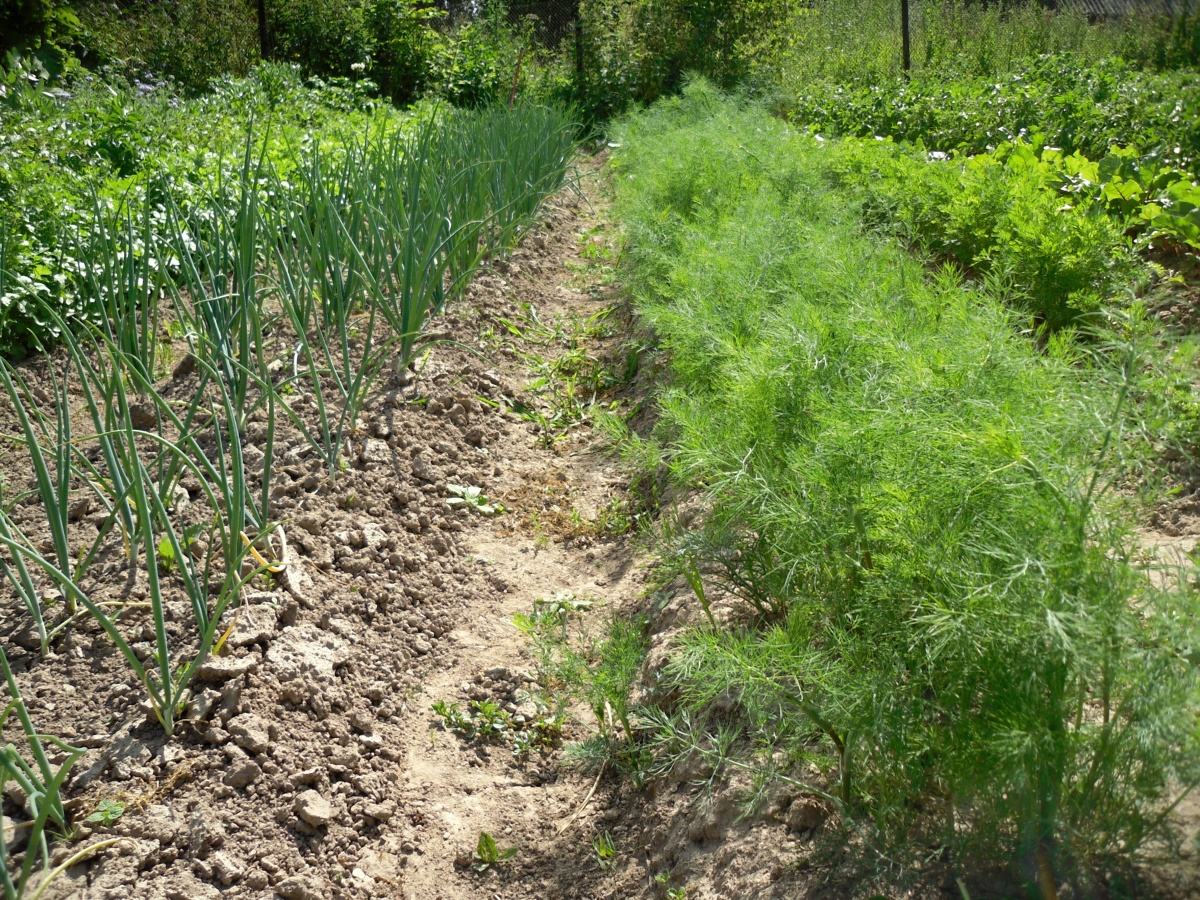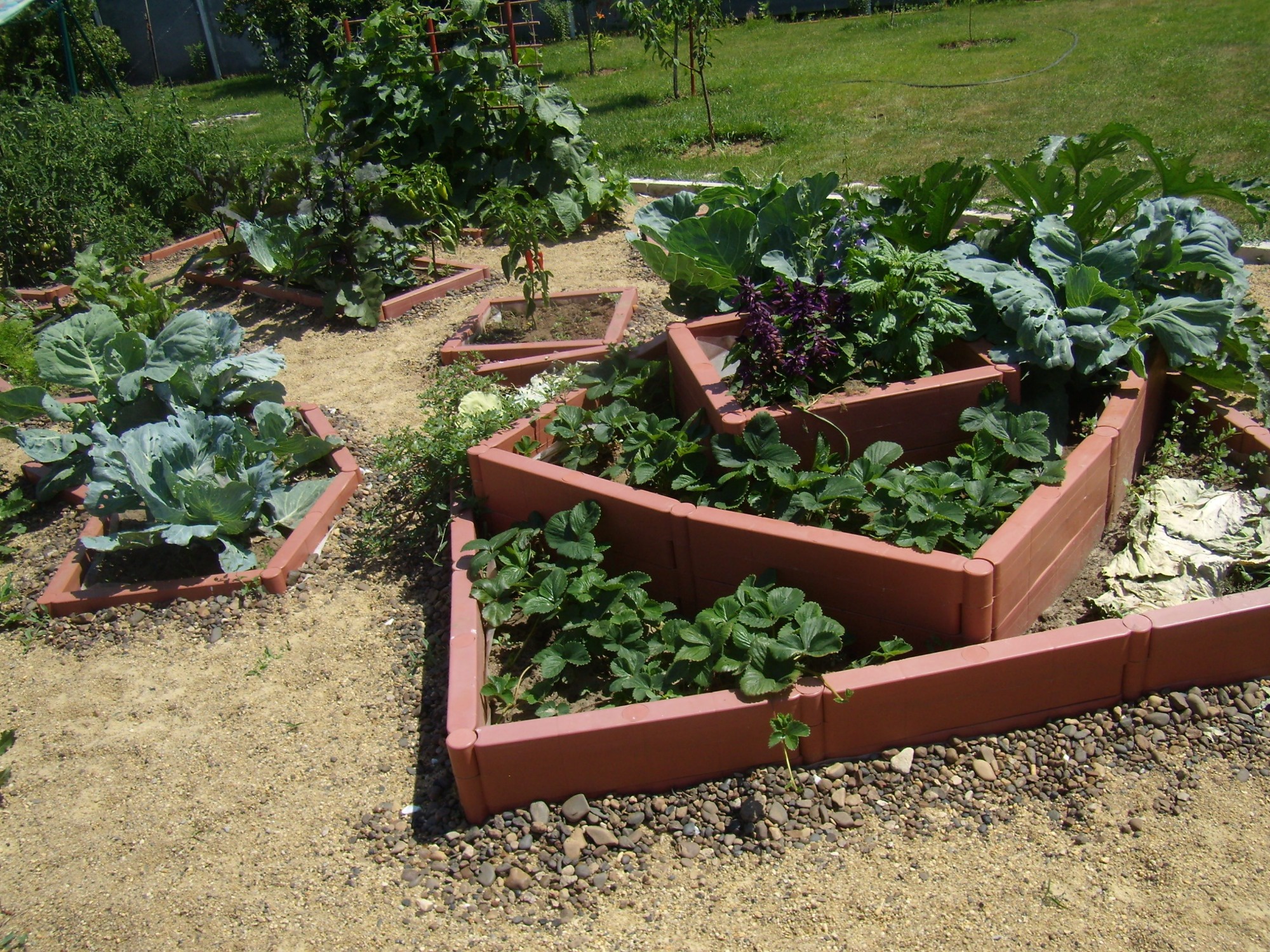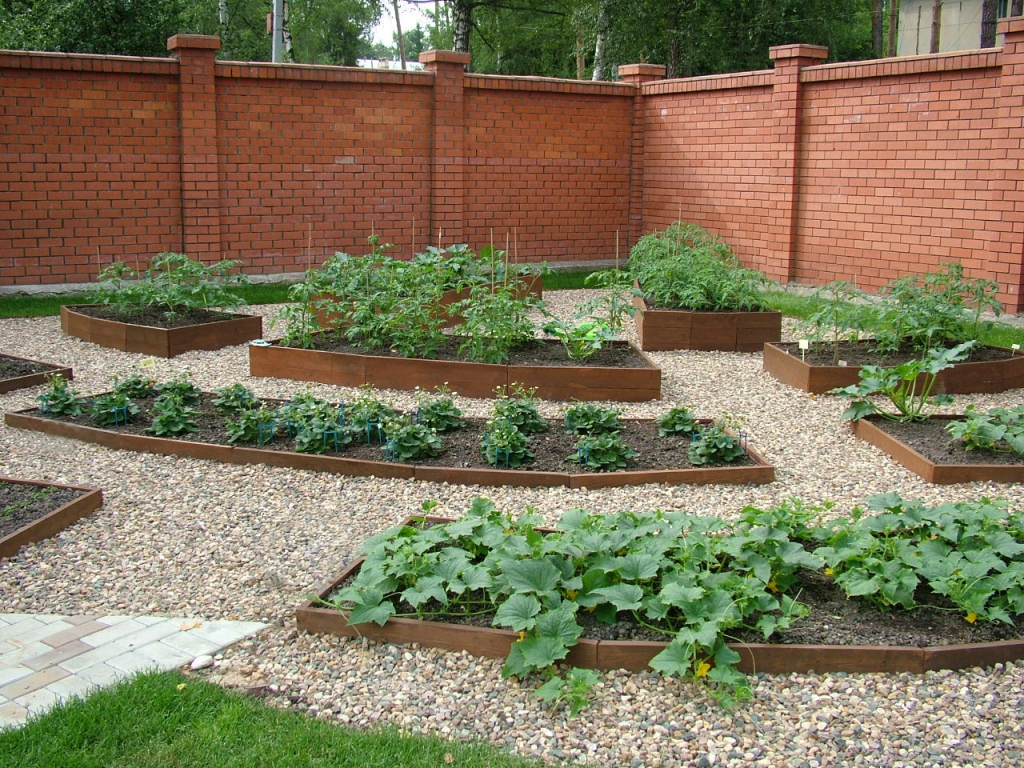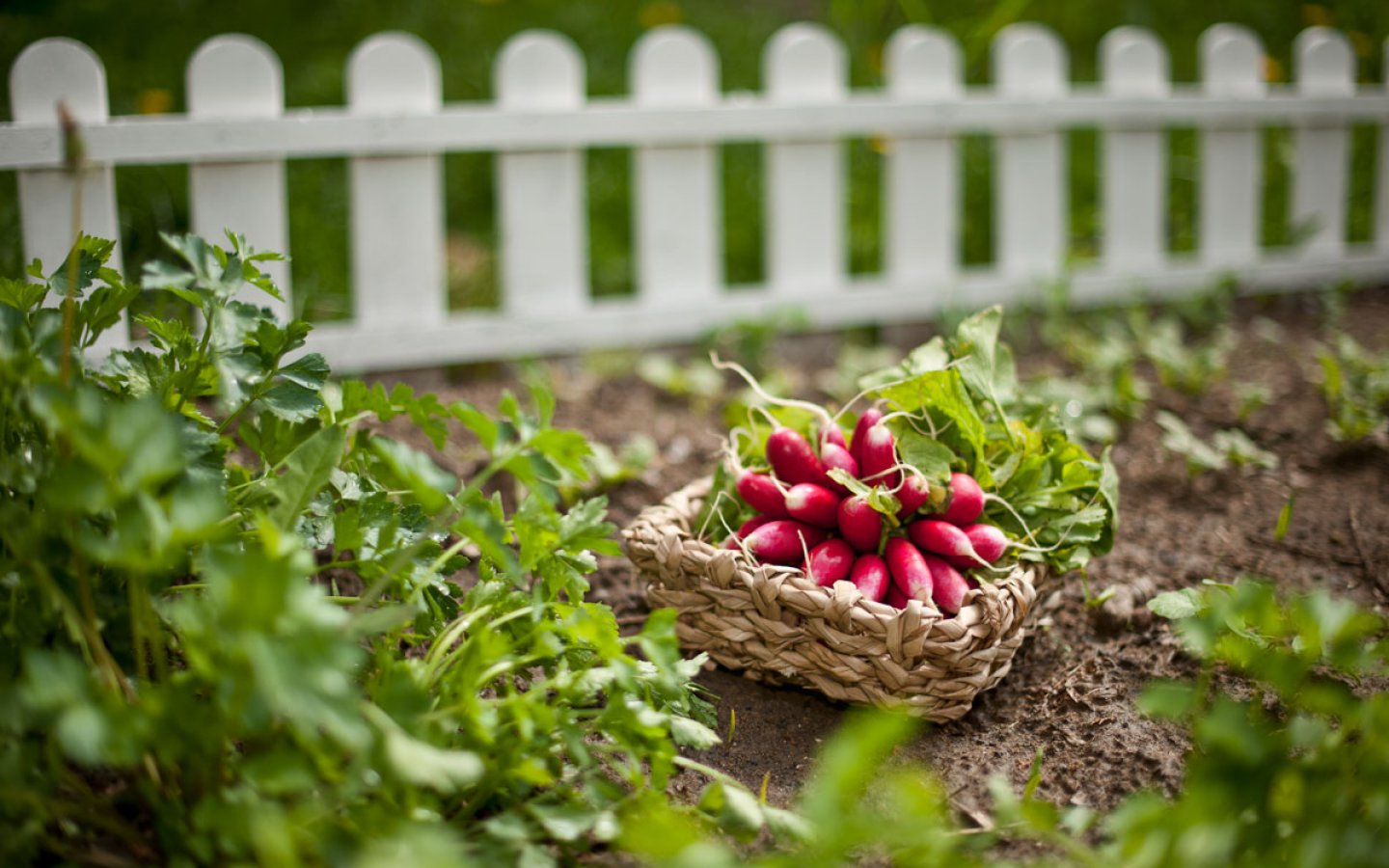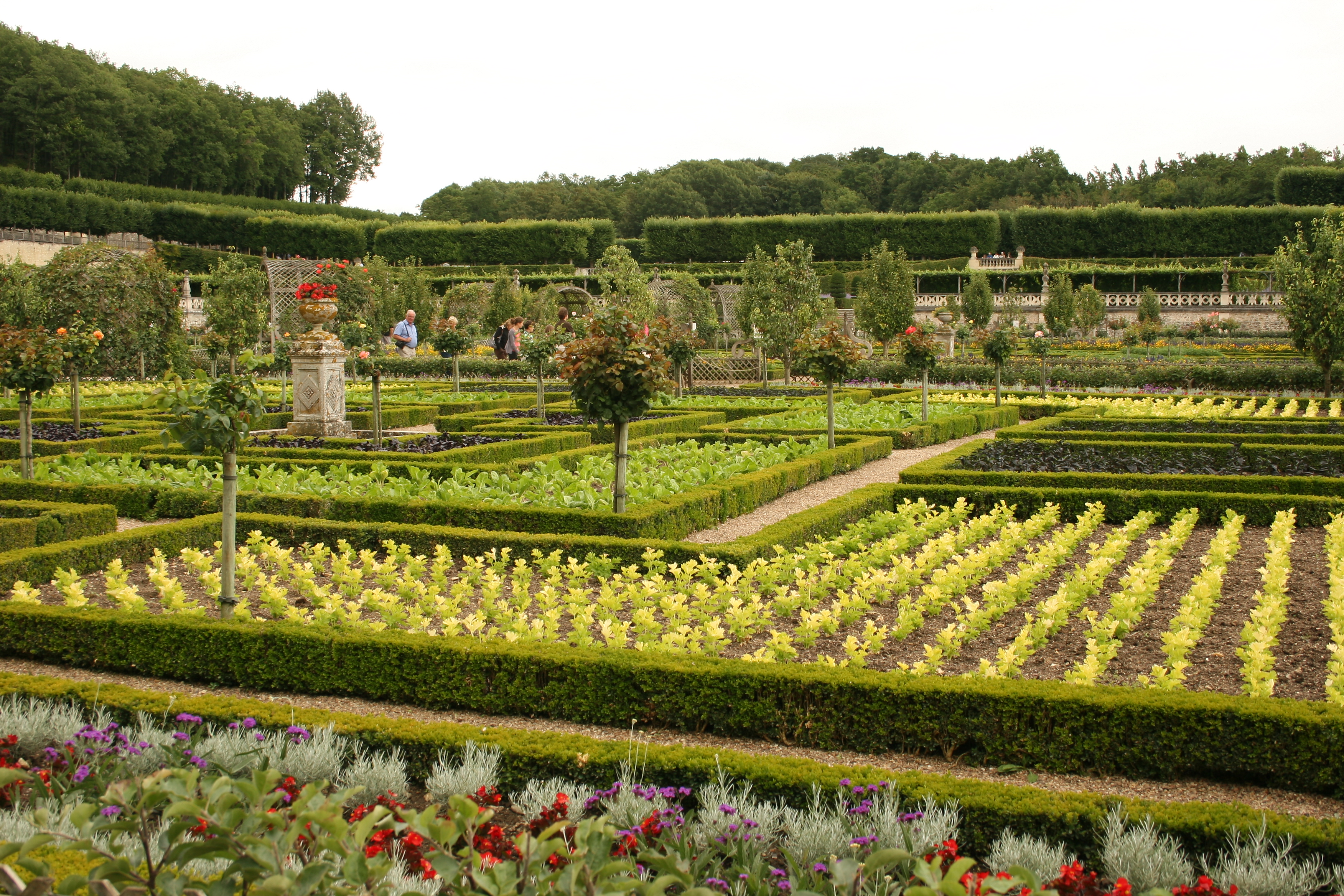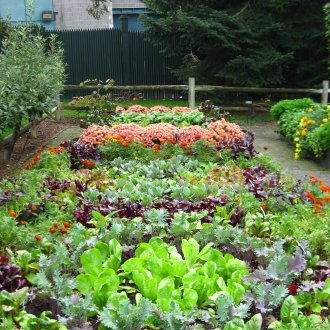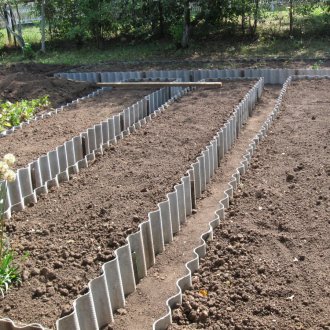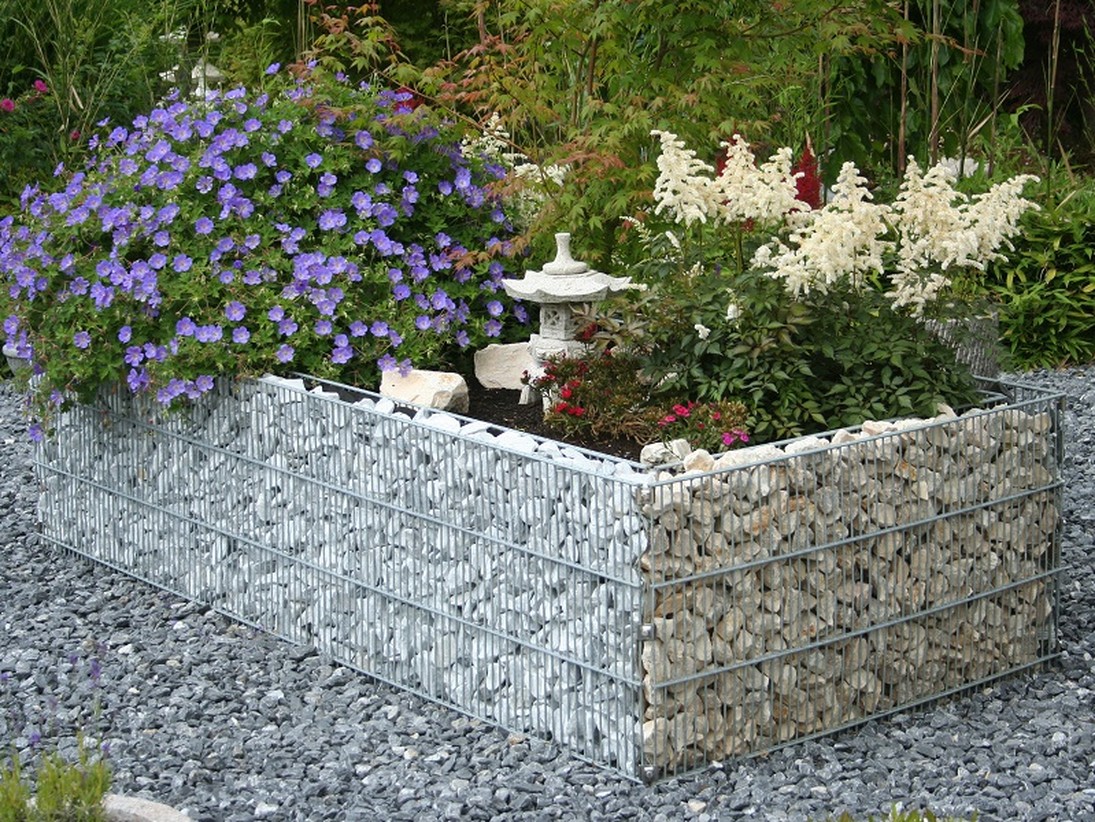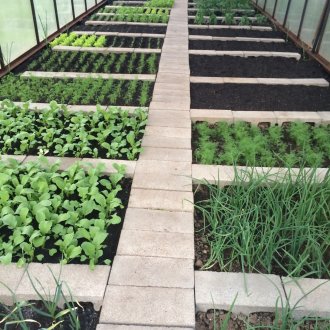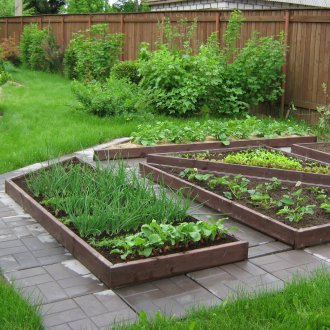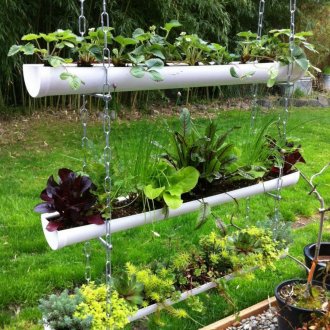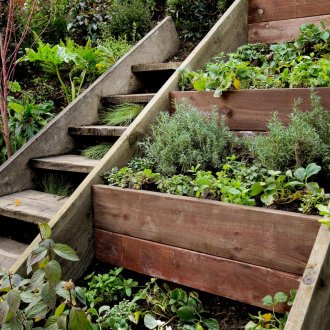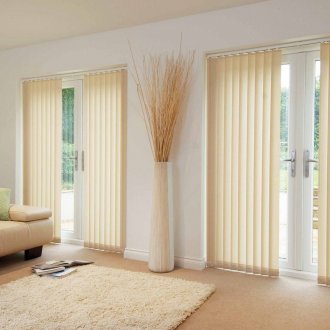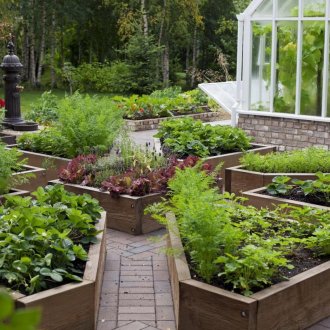How to make beds in the garden and in the country: types and principles of the device (22 photos)
Content
With the onset of spring, the summer season begins and more and more people are thinking about how to properly make beds in the garden so that the vegetables bring a bountiful harvest, planting looks aesthetically pleasing and not too much effort was spent. The assortment of options is easy to get lost, but trying new things is always interesting.
First you need to figure out what principles are generally located in the garden beds and what types of them exist.
General rules for the construction of a garden
Before asking questions such as “how to make a bed for strawberries?”, You should determine how many beds in general can accommodate the plot and whether there will be suitable strawberries among them. Important:
- Sun and shadow. Plants familiar to heat and greedy for it should be located in the sunniest places. Among them are usually zucchini, tomatoes and peppers. And in the most shaded places should be located plants that do not need the sun too much. Among them are onions, garlic, beans, beans and peas.
- Moisture. If there is a pond on the site, plants that love moisture should be planted closer to it.
- Cardinal points. A cold wind will blow from the north - therefore it is better to plant this part of the site with plants that are resistant to cold, as well as shrubs that will keep the rest of the garden warm. At the same time, the beds themselves must be located from north to south, so that during the day they receive more sun.
- Scheme. Having collected all the knowledge, you need to make a diagram. Determine which plants where it is better to take root, draw beds.
Any beds (beds for tomatoes, for flowers, beds made of polycarbonate) have an important characteristic - the width. It should not be more than one and a half meters, otherwise watering will be complicated and it will be difficult to reach the plants in the middle.
Other factors
Tracks
Do not make them out of gravel, otherwise they will quickly overgrow with weed. Do not make them too narrow (on a track narrower than half a meter, it will not work to drive a wheelbarrow during harvesting) or too wide (otherwise too much useful space will be lost).
Sequence
You cannot plant the same culture in the same place for two consecutive years - because of this, the soil is depleted, pests aimed at a particular culture are planted in it. Therefore, in the autumn, beds need to be dug up and sown with new vegetables in the spring.
Compatibility
Many crops grow better nearby — even on one bed — because one of them releases substances that are beneficial to the other. It is worth combining:
- tomato with onions and cabbage;
- potatoes with beans;
- cucumber with cabbage, beets or salad;
- carrots with greens - salad and dill;
- cabbage with radish and tomato.
Greenhouse
In addition, when breaking a garden, one must take into account the presence of a greenhouse on it - greenhouse beds require a special approach. In order to determine how to properly make beds in the greenhouse, you need to be guided by the following principles:
Lighting
If the greenhouse is not equipped with special lamps, the beds in it should be located as well as outside - from north to south.
Width
The beds can be arranged in different ways, the main thing is that the aisles remain wide enough (not more than half a meter).The main options for making beds are:
- one bed in the middle with aisles on the sides - good for a narrow greenhouse with a gable roof;
- two beds along the walls - for the average greenhouse;
- three beds - two along the walls and one in the middle - for a wide greenhouse.
Height
Depending on which region, different beds are made:
- 20 cm above the floor if the region is warm and there are no strong sudden frosts in it;
- high (40 cm above the floor), if the region is cool and can become very cold in spring;
- warm, if the region is cold and in spring there is a temperature comparable to winter.
For the greenhouse, vertical beds will also be very relevant - they will allow you to take a place on the walls as efficiently as possible. Moreover, it is very simple to make them, especially if it turned out to figure out how to make raised beds.
Types of beds
The beds are very different from each other. Which of them to use depends on what characteristics the summer cottage has. They are divided into two categories:
- Open. Used exclusively for growing plants in season. Not protected by anything, suffer from changes in temperature, rain, scorching sun. Well suited for unpretentious plants or for temperate climates.
- Warm. The beds made according to this principle can be used out of season. Resistant to moderate cooling, rain, heat. Equipped with a special tensile structure, with which you can easily hide the landing.
Which option to choose depends solely on the climate and preferred plants.
Open beds
Among open beds there are many different options.
Located at ground level
They are best suited for root crops, in their simplest form they are simply loosened earth in which seeds are planted, but there are also improved species:
- Holzer beds. A ditch is dug up, organic top dressing is laid on its bottom, which eventually decays - branches, grass, wood. Fertilizers are poured on top, black soil on top of fertilizers. It turns out an oblong hill half a meter high, on the sides of which you can beautifully plant vegetables.
- Gardens of Rosum. Dig a moat with a smooth bottom and gentle slopes. At the bottom, make a narrow groove - a depth of 20 cm in the bayonet of a shovel. Fill it and the ditch with compost. Arrange beds on a slope - this will allow plants to feed from a ditch, in which moisture will remain even in dry times.
- French beds. Well suited for those who are wondering: "how to make beautiful beds?". They are carried out in the form of a circle divided into equal sectors by borders.
High beds
These are the best beds for cucumbers and suitable beds for strawberries, which are also suitable for tomatoes and other crops, but they like warmth and need stiffening. Often made of slate, brick or wood. The answer to the question "how to make vertical beds in the country?" Is very simple:
- the future place for the garden is marked and the fertile layer is removed from the ground;
- around the border is installed from slate or any other suitable material;
- a mesh with small cells is stretched to protect against pests;
- layer by layer of branch and fertilizer are poured onto the grid;
- the last layer is made of black soil and is at least 30 cm.
Vertical beds
They can accommodate a large number of plants in a small area, but are poorly suited for heavy, lush vegetables (tomatoes). Most often, strawberries or strawberry plants grow in them and it is for their sake that gardeners generally think about how to make vertical beds. Exist in different options:
- Stepped. They are arranged sequentially: on the first level it is just a bed fenced with a border. The second level rises 20-30 cm higher and is also enclosed by a curb.The result is something like a pyramid - making such beds with your own hands is easier from wood, but metal will last much longer.
- From plastic pipes. It will be difficult to make vertical beds for strawberries according to this option, but it will result in a mobile structure that can be moved to the room for the winter and which can be installed not only on the floor, but also on the walls. These beds consist of two pipes. The diameter of one is 10-20 cm, the second is 10-20 mm. In the first, holes are made for plants, at the ends are plugs with holes in which a smaller pipe is threaded. In it, in turn, holes are made for supplying water, one end is closed, the other is connected to the water supply. The remaining free space in a large pipe is filled with soil, seeds are planted in it - and the result is a bed, watering plants in which is reduced to turning on the water supply to the small pipe.
- Longline. In fact, they are very reminiscent of hanging flower pots-planters. In order to make them, you need to longitudinally cut the plastic pipe, make plugs on both sides, fill the ground with soil and plant the plants. After making fastenings and hanging such pipes one above the other, to get a multi-tiered design. It turns out smooth aesthetic beds, which are easy to care for.
- Pocket. Volume pockets are attached (often sewn) to the canvas from a dense seal. Each is filled with soil and organic fertilizers, plants are planted in each. It is simple to build such beds, in addition, they can be easily moved from place to place, removed and deployed again.
- Of plastic bottles - this is the easiest and cheapest option on how to make a vertical bed. The lower part of the bottle is cut off, the upper one is tightly closed with a lid, filled with soil and serves to plant plants.
You do not have to wonder how to make beds in the garden so that they are perfect, and not try to choose one type. Reasonable combination is much more useful and allows you to get the best harvests.
Warm beds
Warm beds are a little lost against a variety of open. Wondering how to make a warm bed in the spring, it is impossible to find many options. They all boil down to one thing:
- It is necessary to make beds from flat slate - their height should be at least 40 cm. Making them easier already in place - the slate is heavy, the finished frame is difficult to carry.
- It is necessary to make arcs from light tubes on which cellophane will be stretched - for this they need only be bent and bolted to the sides.
- The bed must be filled with branches, earth, fertilizers and humus.
Cellophane can be kept stretched always, it is possible if necessary. You can’t make a cucumber bed from a warm one - in the first year you need to plant pumpkin, zucchini, tomatoes or eggplant on it. Cabbage, celery and salad will be good for the second.
Preparing to work in the garden, you need to draw up a diagram of it, determine which plants will grow where and which beds are best for them. After you should decide on practical issues, how to make a bed of boards with your own hands, for example, and you can get down to business.
Patience, balanced decisions and a love of working in the land will allow you to get a delightful harvest and, perhaps, not even one.
